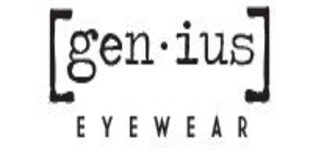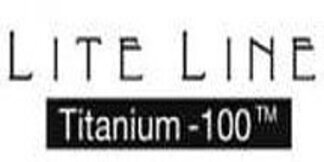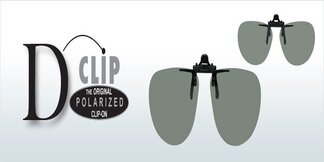All About Progressive No-Line Bifocal lenses
The reason why progressive no-line bifocals lens were created was for cosmetic purposes so people could have an appealing alternative to the traditional lined bifocal lenses. These lenses are far more technical than a standard lens.

When we think of vision, there are three distinct distance ranges: near for reading or work up-close to your face, intermediate, for anything at arm’s length, and distance, for things that are farther away. Not many prescribed lenses can fix all three visions at once except for a progressive no-line bifocal lens.
A no-line bifocal lens is the modern lens that strays away from its predecessors. It is without a visible line, creating a smoother transition between each region.
The regions are like those in lined bifocals except that the edges of the lens is considered a dead spot. The top region of the lens corrects distant objects, while the bottom portion of the lens corrects intermediate and up-close objects.
A wearer may prefer bifocals without lines if they do not appreciate lined bifocal lenses; having a visible line in the lenses can be distracting to some. It can be more cosmetically appealing to wear and less strenuous on the eye. Plus, instead of owning multiple prescribed glasses, wearers can own only one pair with no-line bifocals.
Progressive lenses are recommended for people who suffer from nearsightedness, farsightedness and/or astigmatism. As much as progressive bifocals are beneficial, there are some disadvantages.
The cost of progressive lenses can be pricey compared to other lens types. There are some people who are more acquainted with a lined bifocal lens and have trouble adapting to progressive lenses. It may have an affect on the wearer’s peripheral vision at the edge of the lens which can cause people to become disoriented or nauseous. Most people will adjust to the distortion quickly and there are some who have higher sensitivity in their peripheral vision who have trouble adjusting. For people who have trouble adjusting, lined bifocals are recommended.
What is Segment Height?
Segment Height (SH) is the vertical distance between the bottom of the lens in your frame and the bifocal line on progressive lenses. The Segment Height is essential because it will determine the proportions of your lens. If you don’t have the frame you cannot know the segment height. We have standard measurements that we use for the individual frames, that seem to work very well for most customers.
If you do purchase or have a frame and are getting a progressive bifocal, you can measure your segment height by having someone measure from the bottom of the lens pocket to the center of your pupil while wearing the glasses and looking straight ahead. Segment height is measured in millimeters. Make sure to measure both eyes and give us the average between the two measurements for your segment height. Once it’s measured, you can return the frames and order the full progressive prescription glasses with your segment height. Again, we can set segment height at a standard for progressives if you’d prefer; for many people, this works perfectly.





















































